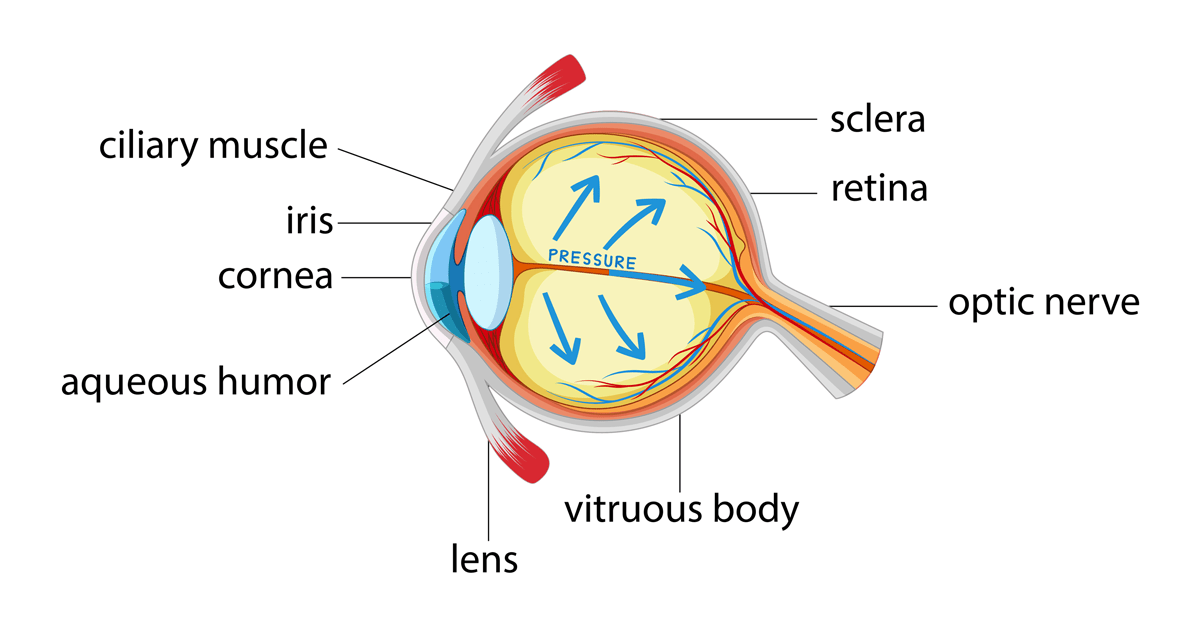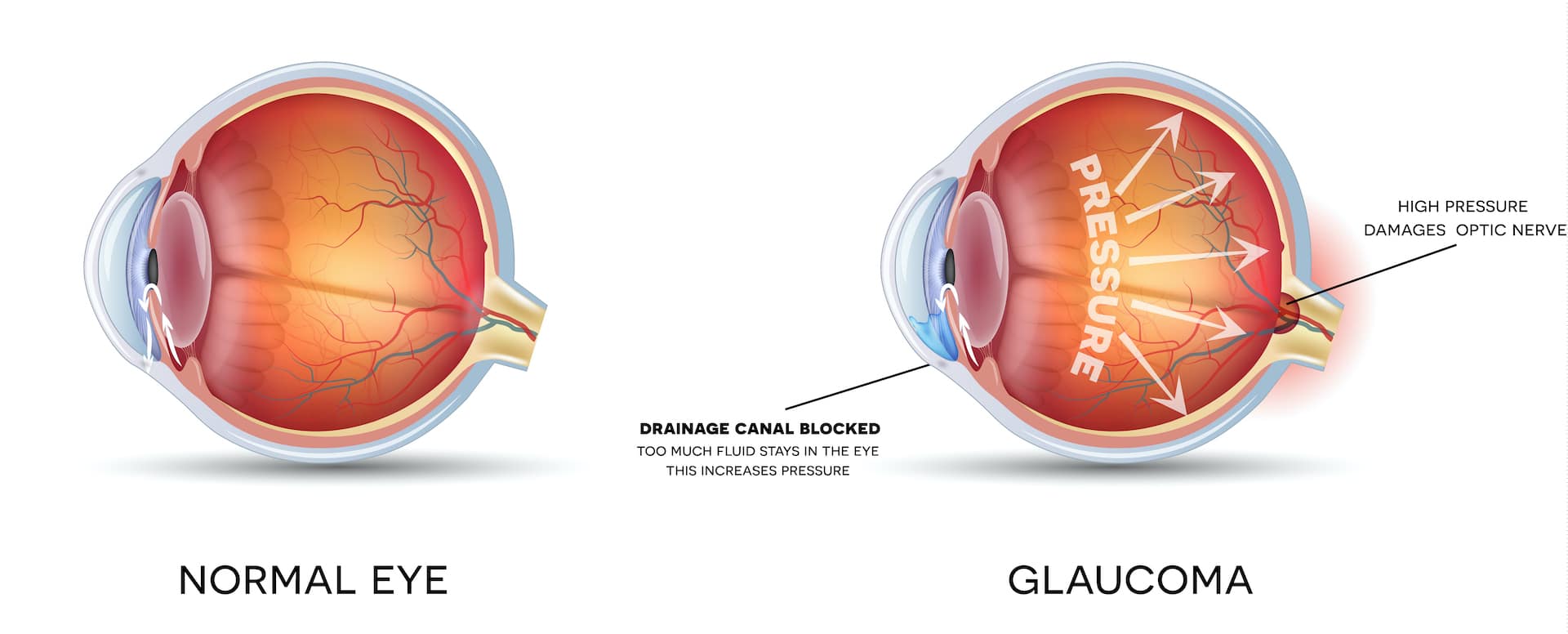Trusted Glaucoma Service Near Me: Protect Your Eyesight with Professionals
Trusted Glaucoma Service Near Me: Protect Your Eyesight with Professionals
Blog Article
Comprehending the Various Vision Improvement Procedures Available for Clearer View
In the realm of vision improvement procedures, a plethora of options exist to attend to refractive mistakes and supply individuals with more clear view. From the commonly acknowledged LASIK surgery to less invasive procedures like PRK and implantable lenses, the area of ophthalmology offers a series of techniques tailored to suit different demands and choices. Each procedure features its own set of factors to consider, advantages, and prospective dangers. Comprehending the subtleties of these vision improvement techniques is critical for making notified decisions about one's visual wellness. Allow's check out the ins and outs of these procedures and dropped light on the path to attaining improved vision clearness.
LASIK Surgery
LASIK surgery is an usual refractive procedure used to fix vision issues such as astigmatism, nearsightedness, and farsightedness. This medical method, which stands for Laser-Assisted in Situ Keratomileusis, intends to improve the cornea to enhance how light is focused on the retina, inevitably boosting vision quality.
Among the main advantages of LASIK surgery is the quick enhancement in vision experienced by people. Many people see a substantial improvement in their sight right away after the procedure. In addition, the majority of people report minimal discomfort and pain during the surgical treatment and recuperation period. The healing time for LASIK is reasonably fast, with many individuals returning to their daily tasks within a day or 2 post-operation. In general, LASIK surgical treatment is a preferred choice for people seeking a lasting option for their vision issues.
PRK Procedure
While likewise a common refractive procedure, the PRK (Photorefractive Keratectomy) technique varies from LASIK surgery in its technique to correcting vision troubles. In PRK, rather than developing a flap on the cornea, the external layer of the cornea, called the epithelium, is entirely gotten rid of. This permits the laser to reshape the cornea to correct refractive errors such as astigmatism, nearsightedness, and farsightedness directly on the surface area.

In spite of the longer recovery time, PRK can yield excellent results in vision improvement, making it a useful option for those who may not be ideal candidates for LASIK surgical procedure.
Implantable Lenses
In comparison to PRK where the cornea is improved directly, implantable lenses provide one more approach for remedying vision by placing artificial lenses inside the eye. This procedure is specifically advantageous for individuals with high levels of farsightedness, astigmatism, or nearsightedness who might not appropriate candidates for laser surgical procedures like LASIK or PRK.
Implantable lenses, likewise referred to as phakic intraocular lenses, work by supplementing the eye's all-natural lens with a fabricated one. retina service near me. These lenses can be placed before the all-natural lens (anterior chamber) or behind the iris and before the natural lens (posterior chamber) By adjusting additional resources the power and positioning of these lenses, ophthalmologists can efficiently correct refractive errors and enhance visual skill
One benefit of implantable lenses is that they are exchangeable and detachable, offering versatility for future adjustments. As with any kind of medical treatment, there are dangers involved, such as infection or cataract formation. Patients thinking about implantable lenses need to talk to an eye care expert to establish one of the most ideal option based upon their specific requirements and eye health.
Corneal Rings
Corneal rings, also known as intracorneal ring segments, are tiny, transparent tools put into the cornea to deal with vision distortions such as keratoconus. Keratoconus is a problem where the cornea thins and bulges external, causing vision to end up being altered. The insertion of corneal rings helps to flatten the cornea, improving aesthetic acuity and minimizing the irregular astigmatism brought on by keratoconus.
The procedure for inserting corneal rings is relatively fast and minimally intrusive, typically executed as an outpatient procedure. During the surgery, the eye doctor makes a tiny laceration in the cornea and inserts the rings at a particular deepness. As soon as in position, the rings help to improve the cornea, giving a smoother surface area for light to enter the eye, which can result in clearer vision.
Corneal rings are taken into consideration a reversible procedure, as they can be gotten rid of or replaced if needed. eyecare near me. browse around these guys While they might not entirely remove the need for glasses or contact lenses, corneal rings can dramatically improve vision high quality and general visual convenience for individuals with keratoconus or various other corneal abnormalities
Refractive Lens Exchange
Adhering to the adjustment of corneal abnormalities with treatments like corneal rings, another vision improvement technique that can attend to refractive errors is Refractive Lens Exchange (RLE) RLE is a surgical treatment that involves changing the eye's all-natural lens with a man-made intraocular lens (IOL) to fix refractive mistakes such as presbyopia, farsightedness, and nearsightedness. This procedure is particularly helpful for individuals who might not appropriate candidates for procedures like LASIK or PRK due to variables such as thin corneas or high refractive errors.

Final Thought
In conclusion, there are various vision improvement treatments available to assist individuals achieve more clear sight. LASIK surgical procedure, PRK treatment, implantable lenses, corneal rings, and refractive lens exchange are all alternatives that can resolve various vision concerns.
In the world of vision modification procedures, a wide variety of choices exist to resolve refractive errors and anchor supply people with more clear sight.LASIK surgical procedure is a typical refractive treatment utilized to deal with vision troubles such as farsightedness, nearsightedness, and astigmatism.While additionally a typical refractive treatment, the PRK (Photorefractive Keratectomy) method differs from LASIK surgical procedure in its technique to dealing with vision problems.Following the modification of corneal abnormalities with treatments like corneal rings, another vision correction method that can deal with refractive mistakes is Refractive Lens Exchange (RLE) LASIK surgical procedure, PRK procedure, implantable lenses, corneal rings, and refractive lens exchange are all alternatives that can deal with different vision issues.
Report this page